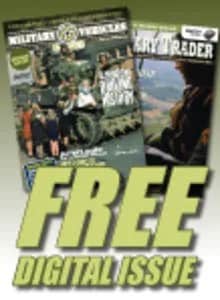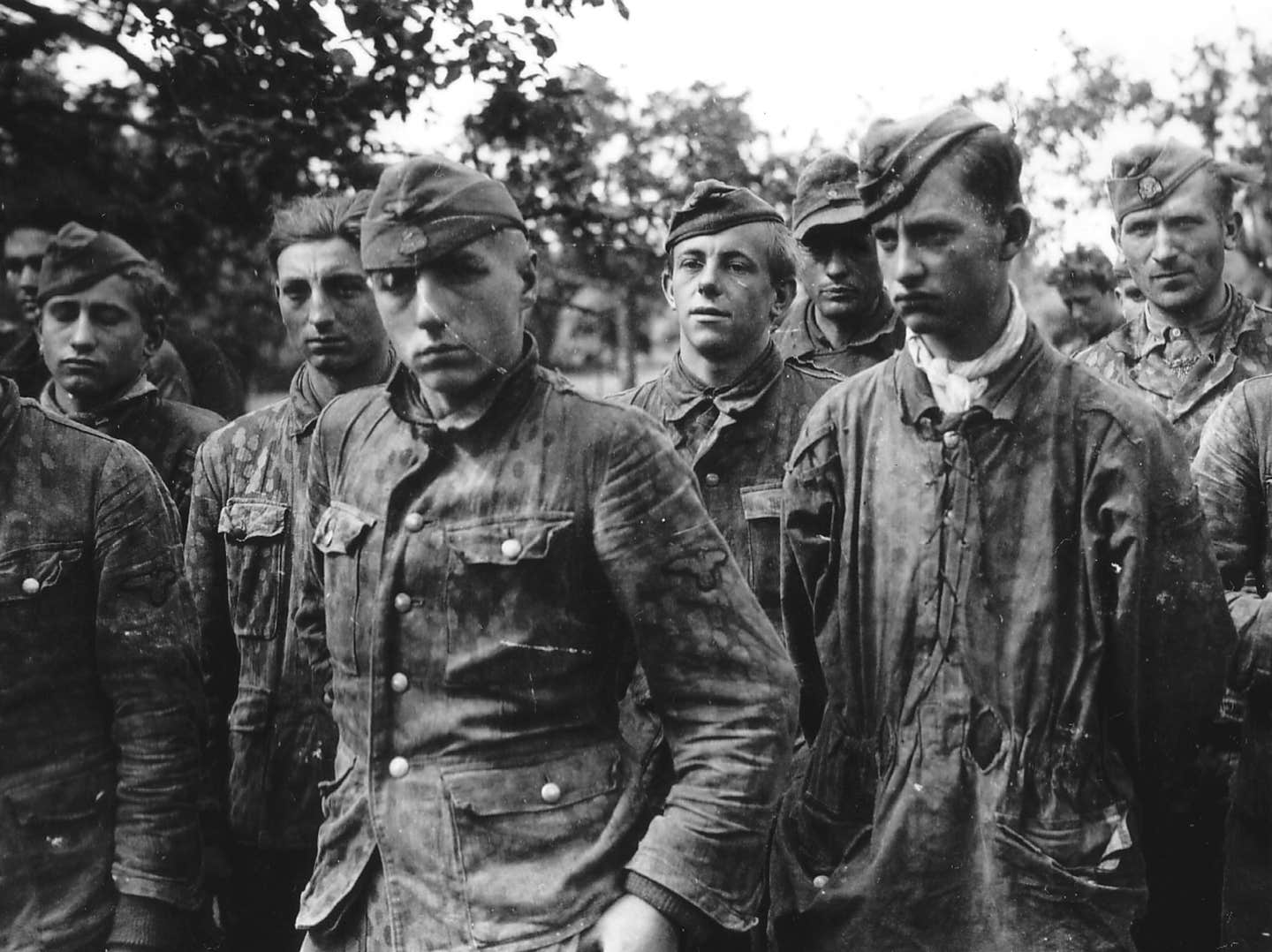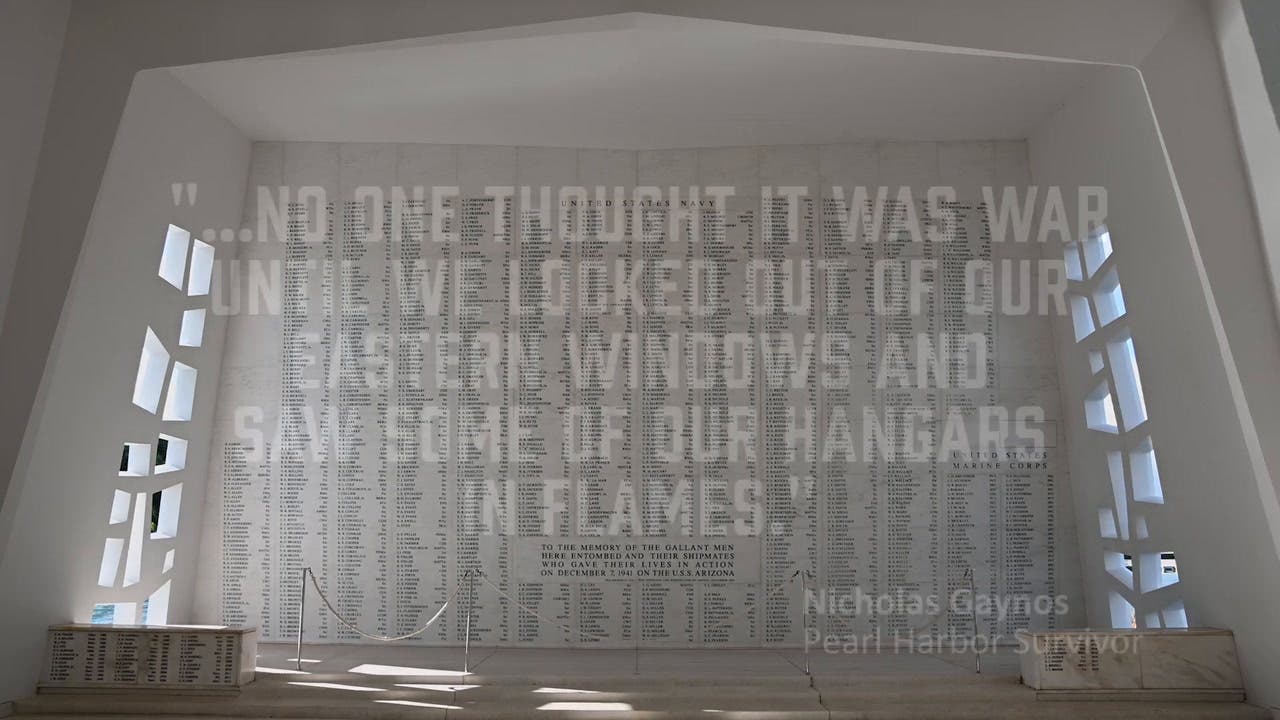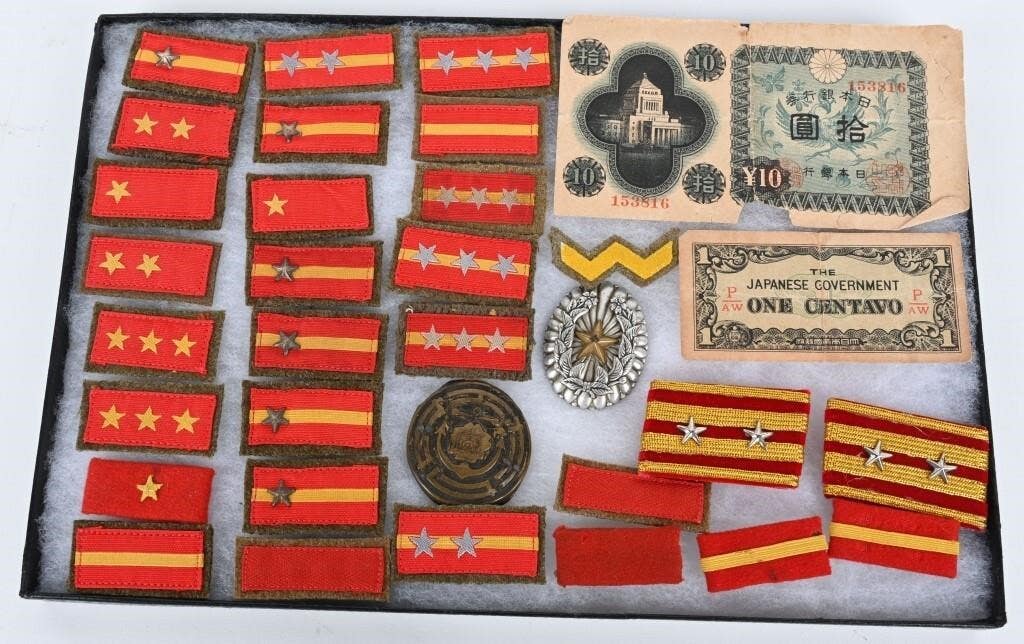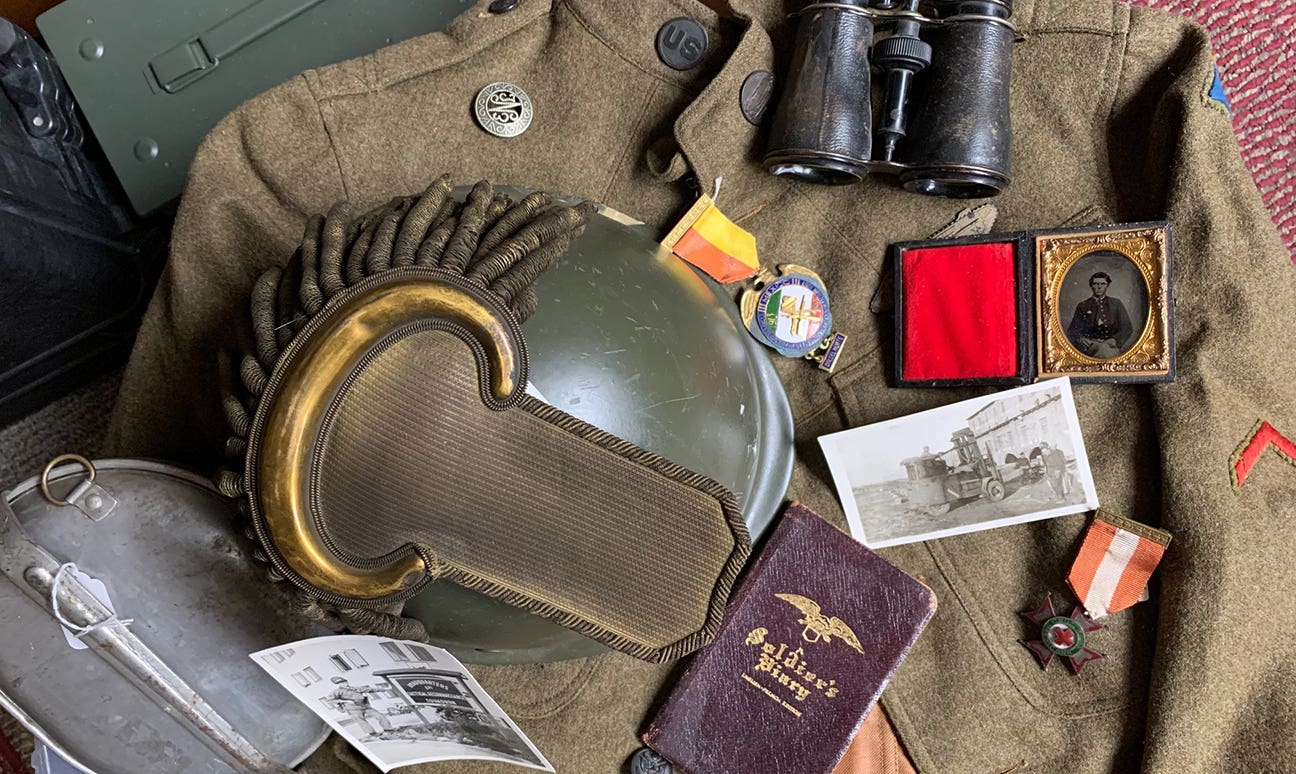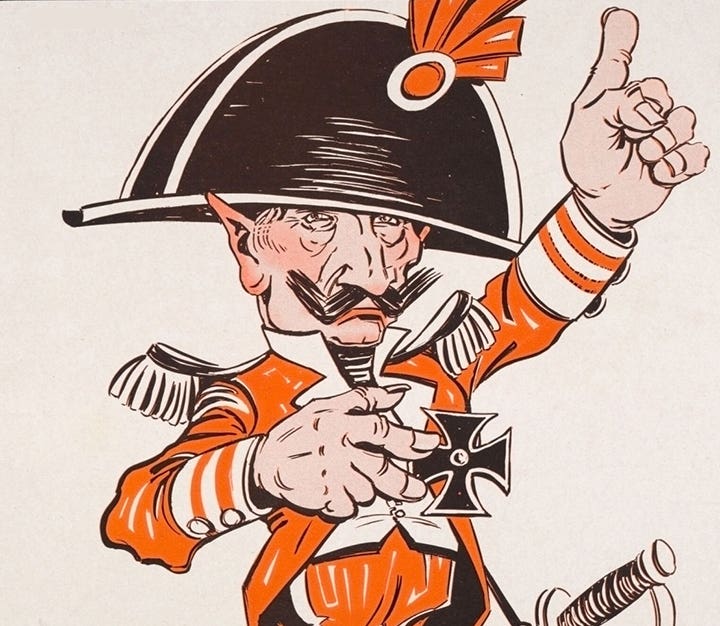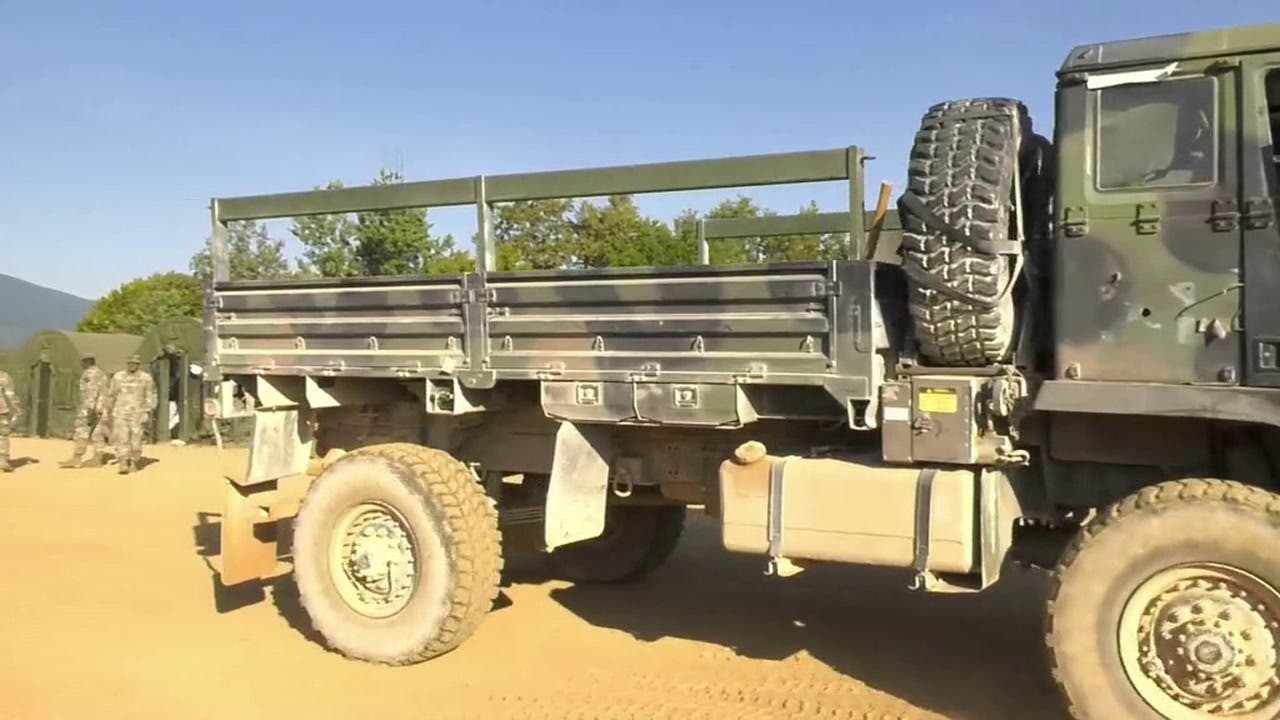What shade is your olive drab?
At the recent Iola Military Vehicle Show, I noticed a huge shift occurring in the hobby. Whereas the vehicle display at the shows of the past decade had been dominated…
At the recent Iola Military Vehicle Show, I noticed a huge shift occurring in the hobby. Whereas the vehicle display at the shows of the past decade had been dominated by WWII vehicles, the 2013 event was clearly lacking in those old warriors. Where did they go?
CHANGING HANDS
Started by Krause Publishing founder, Chester “Chet” Krause, the Iola Military Vehicle Show just celebrated its 22nd anniversary. Back in 1991, Chet was planning a reunion for his WWII buddies. He thought it would be appropriate to display a few of the vehicles that his fellow 565th Anti-Aircraft Battalion members would remember. Reunion and show attendees saw a number of Jeeps, CCKWs and a few other classic WWII vehicles displayed at that first show.
Chet is just like any other collector and susceptible to the “collecting bug bite.” Though he had been a lifelong stamp, coin, classic car and gun collector, this new bug was colored “olive drab.” Over the next few years, he added a variety of vehicles to his growing motorpool. M4 and M6 high speed tractors were parked along side FWD 4x4s, G-506 1-1/2-ton trucks, M26 Pacific tank haulers, M274 mules, prototype Jeeps and even an M4A3 “Sherman” Medium Tank and a Weasel or two.
His close buddy and fellow WWII-vet, Ralph Doubek, fell prey to the same bug, and soon, once a year, he and his crew would convoy several dozen WWII vehicles to display alongside Chet’s collection at the Iola Military Vehicle Show. A decade after the show began with a smattering of vehicles, the Iola Military Vehicle Show boasted more than 150 WWII vehicles on display in addition to 25-35 M-series vehicles.
But, time marches on. Chet decided to divest himself of his vehicle collection. Ralph passed away. Though his family continued to display vehicles for a few years, that effort came to an end. Many wondered if the Iola Military Vehicle Show could survive without these two “anchor collections” on exhibit.
It’s been three years since the last of these two big collections were displayed. Although they are certainly missed at the show, a natural change has been occurring.
A SHIFT IN INTEREST?
The vitality of the show—or any show, for the matter—has never depended on two people. Sure, Chet and Ralph had a lot of vehicles that made the show extremely interesting, but there have always been many other collectors who display their vehicles, though not in the same numbers!
During the two decades since Chet began the show, his interest has rubbed off on many, many collectors, who, in turn, caught the “OD disease.” Whereas some of them followed the WWII path, many have looked to surplus sales as the primary source of vehicles. As a result, in 2013, the show boasted more than 80 vehicles, of which, about three quarters were non-US WWII vehicles! That is a round-about way of saying, “M-series vehicles predominated at Iola in 2013.”
Where WWII CCKWs and Jeeps once occupied display areas, M35 deuces, M923 5-tons and M-series ¼-ton jeeps now stood. The question I had, however, was whether interest in WWII vehicles had dropped?
IT TAKES DEEP POCKETS
Our recent reader survey indicates that there is still an overwhelming interest in Second World War collecting, so why were there so few WWII vehicles at Iola this year? I suspect the answer, in part, is reflected in many other forms of collectibles.
In the years leading up to the 2008 recession, the collectible automobile market saw unfounded growth. People had a lot of money, and they showed it by paying astronomical prices for the cars of their youth. Pontiac GTOs, Mach 1 Mustangs and SS Camaros pushed past very near the $100,000 level at televised (and well-lubricated) public auctions.
Some said, “the cars are reaching their natural level of value.” Clearly, that was not the case. In our post-recession environment, many of those rich fellows who bid with abandon have found themselves without an income. And those cars for which they paid grossly inflated prices? Most remain unsold, with the hope, “the market will come back.”
The same scenario (without the inebriated, televised bidding, in most cases) played out in many fields of collecting: Class III firearms (“machine guns”), gold, wine, high-end Nazi daggers and, yes, WWII vehicles.
All of those collectibles for which people paid inflated prices pre-2008, still exist. Most are “moth-balled” as the reluctant owners hope for a “return of the market.” The smart ones have accepted the down-turn and have decided to recover a fraction of their purchase price while others naively wait with their treasure tucked away in garages, safety deposit boxes or wine cellars.
In the military vehicle hobby, a whole new breed of collectors has emerged. Excited by their new interest, they are ready to buy and play. Many of them want WWII vehicles, but what they are encountering is a very soft market. Many WWII vehicle owners have inflated prices in a hope to recover their pre-2008, sometimes frenzied, purchases. And when those owners haven’t had buyers at those prices, many have decided to sit on the vehicles with the hope a day will come when they can sell at no loss.
What has happened, however, is the buyers went elsewhere! They found a flowing source of 2-1/2-ton and 5-ton vehicles through the surplus market that adequately satisfy their OD-affliction. Sure, they may have wanted a WWII truck, but without a realistically priced supply, they quickly found replacements.
EFFECT ON THE HOBBY
What has occurred is a form of hoarding. People who made purchases far past real values have decided to pull their vehicles from the market. While they hope the prices will recover, they fail to realize the cost of having to maintain vehicles in storage. If they don’t, the vehicles will continue to deteriorate, and, subsequently, lose even more value! Their strategy is a losing one. They would be much better off selling at a loss then holding onto the items hoping the market will rebound to the artificially inflated highs of the mid-2000s.
In the meantime, people who have been bit by the OD bug will continue to ferret out vehicles. Those vehicles may not come out of that vast WWII motorpool that was been meticulously restored over the past 60 years, however. As those great, olive drab veterans gather dust, a younger, vibrant collecting world is moving on to “greener” trucks.
The health of the hobby is consistent. The buyers and enthusiasts are out there. The look of the hobby, however, is definitely changing.
Keep ‘em rolling,
John Adams-Graf
Editor, Military Vehicles Magazine and Military Trader
